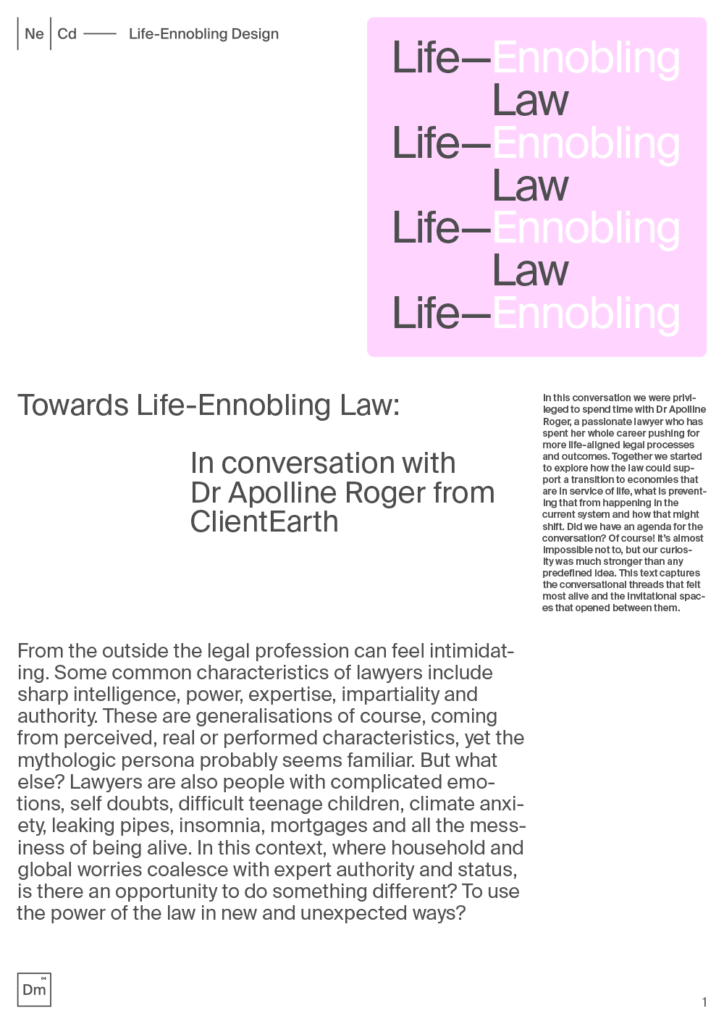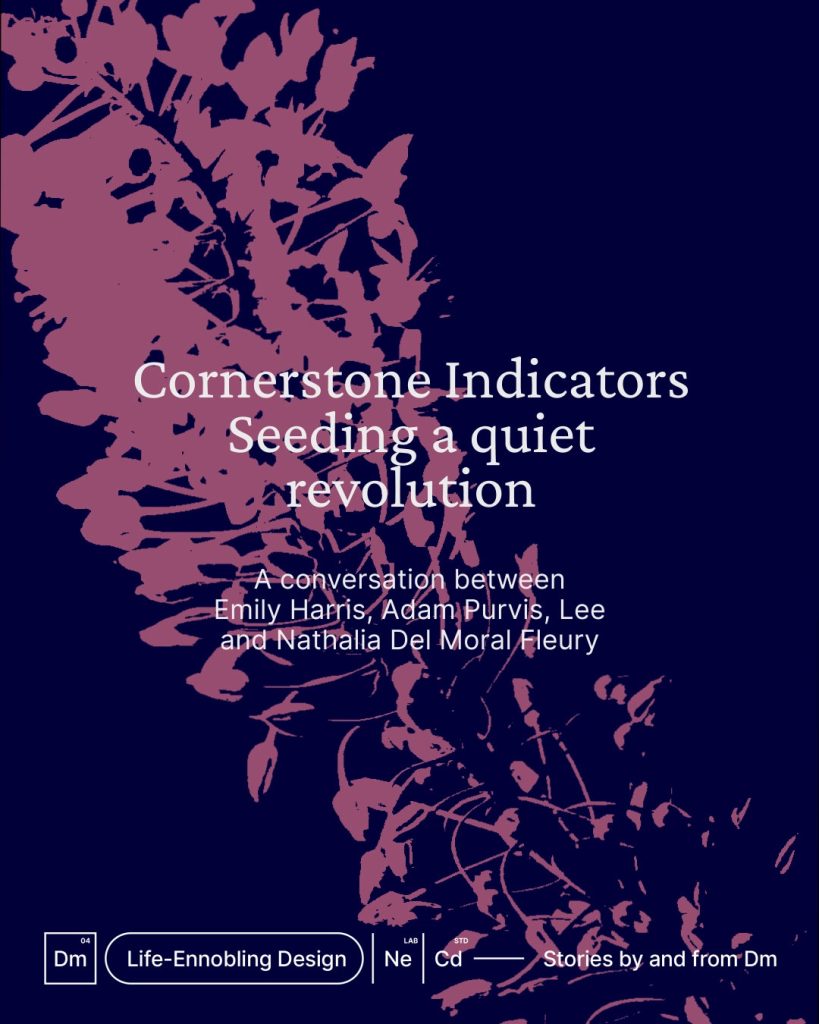Life-Ennobling Design supports a growing community of practitioners from different sectors. We share a deep frustration about the extractive worldview driving our professions, but also a love for their life-ennobling potential. Using the relational craft of design we hope to surface new perspectives and seed unusual alliances. Our shared goal is to rewire the deep codes of society in service of life.
What’s new?
10/2025
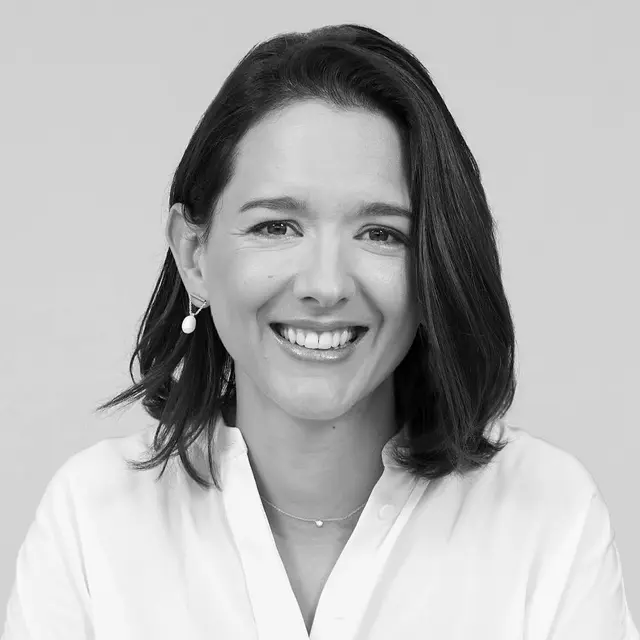
We are thrilled that the brilliant Nathalia Del Moral Fleury, whom you already know from Dm Stories, has joined LED.
10/2025
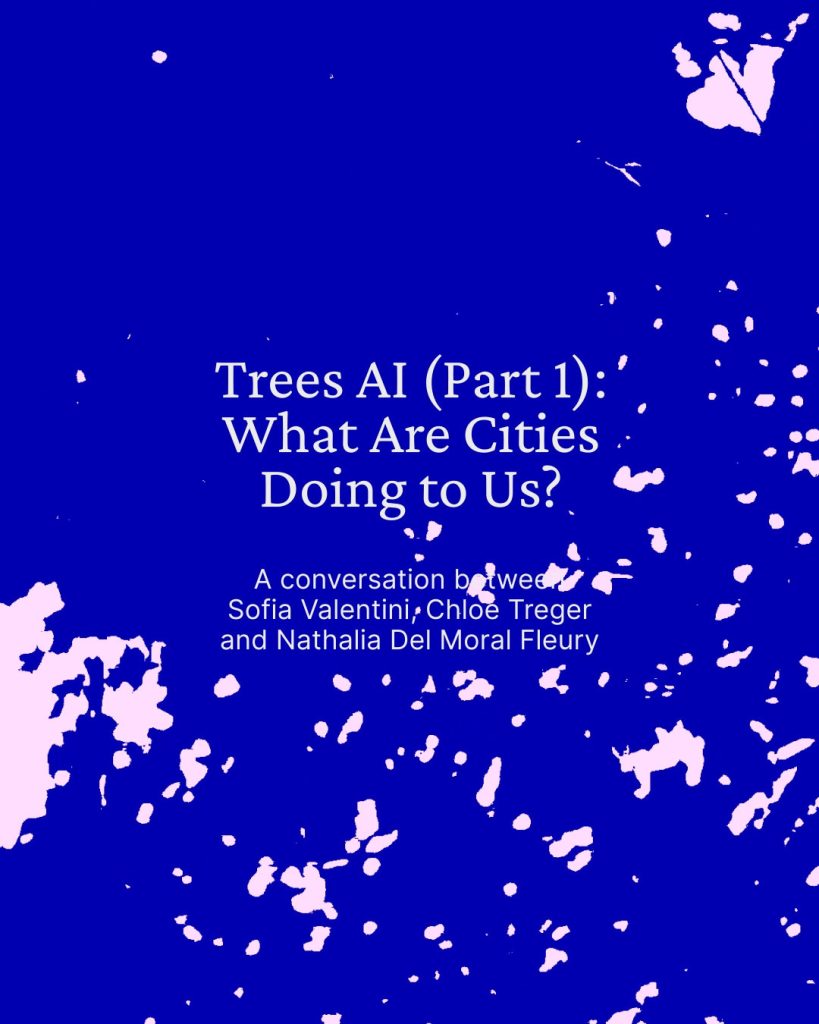
The latest Dm Story, “Trees AI”, comes in three parts. Part 1: What are cities doing to us? A conversation with Sofia and Chloe.
Is LED for you?
You’ve done the hard work to become a professional, you’ve mastered your craft. And yet, questions start to surface…
Why does my work
sometimes feel empty of meaning?
Why does my job
feel disconnected from
what I thought I’d be doing?
Am I making a difference
— or helping sustain the very harm
I want to change?
Why do fear, status, and rigid systems
limit creativity and potential?
How can I be part of the solution,
not the problem?
Life-Ennobling Design (LED) is a creative framework that helps professionals from any field reconnect with meaning, vitality, and purpose.
It activates your life-ennobling potential.
What “Life-Ennobling” Means
To be life-ennobling is to respond to the world in ways that make us feel more alive and at home in it. When we act with care and connection, life feels right. When we act with disconnection, it feels off. LED invites you to notice this difference — and to practice feeling at home in the everyday details of your work and life.
How It Works
Using design as a bridge, LED helps surface new perspectives and support you (and your team or organization) in becoming a lever for meaningful change. As one collaborator put it: “We need common languages across disciplines to steer things in the right direction.”
The LED Flow
A 3-Step (Repeating) Process
1. Diagnose
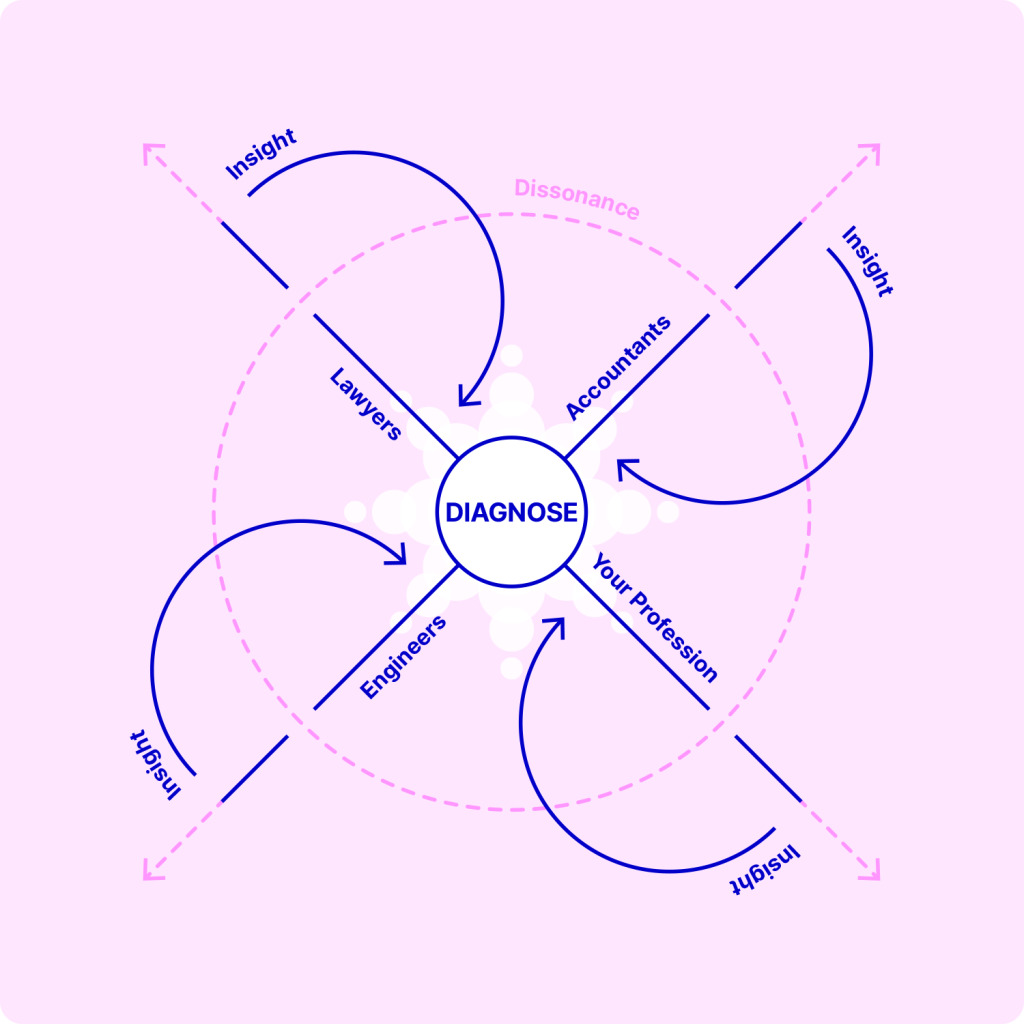
Through the Anti-Brief template, uncover current perspectives and open the door to new possibilities. Identify the deep codes in tension that call for transformation in your field.
2. Craft
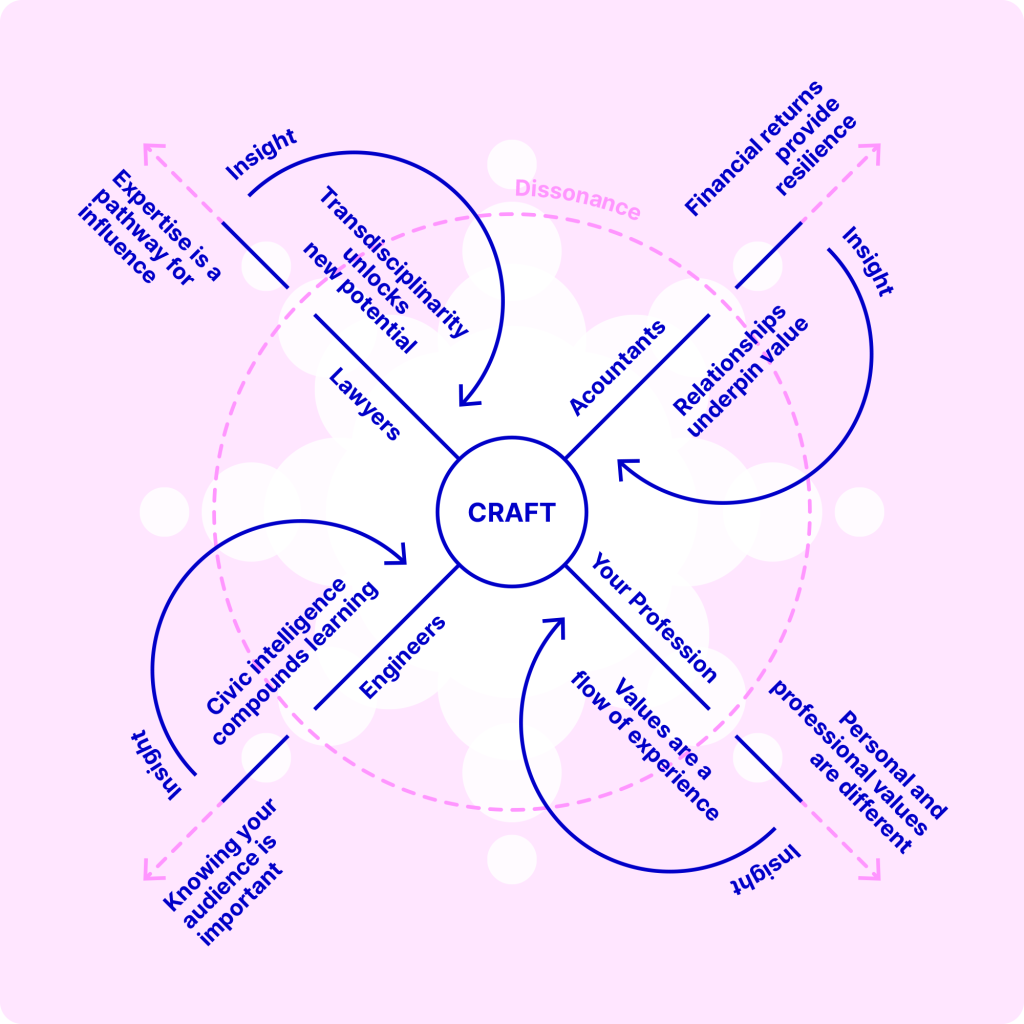
Through workshops with your team, choose what to rewire. Define where you want to have impact, and how. Outline your pathways forward.
3. Build …
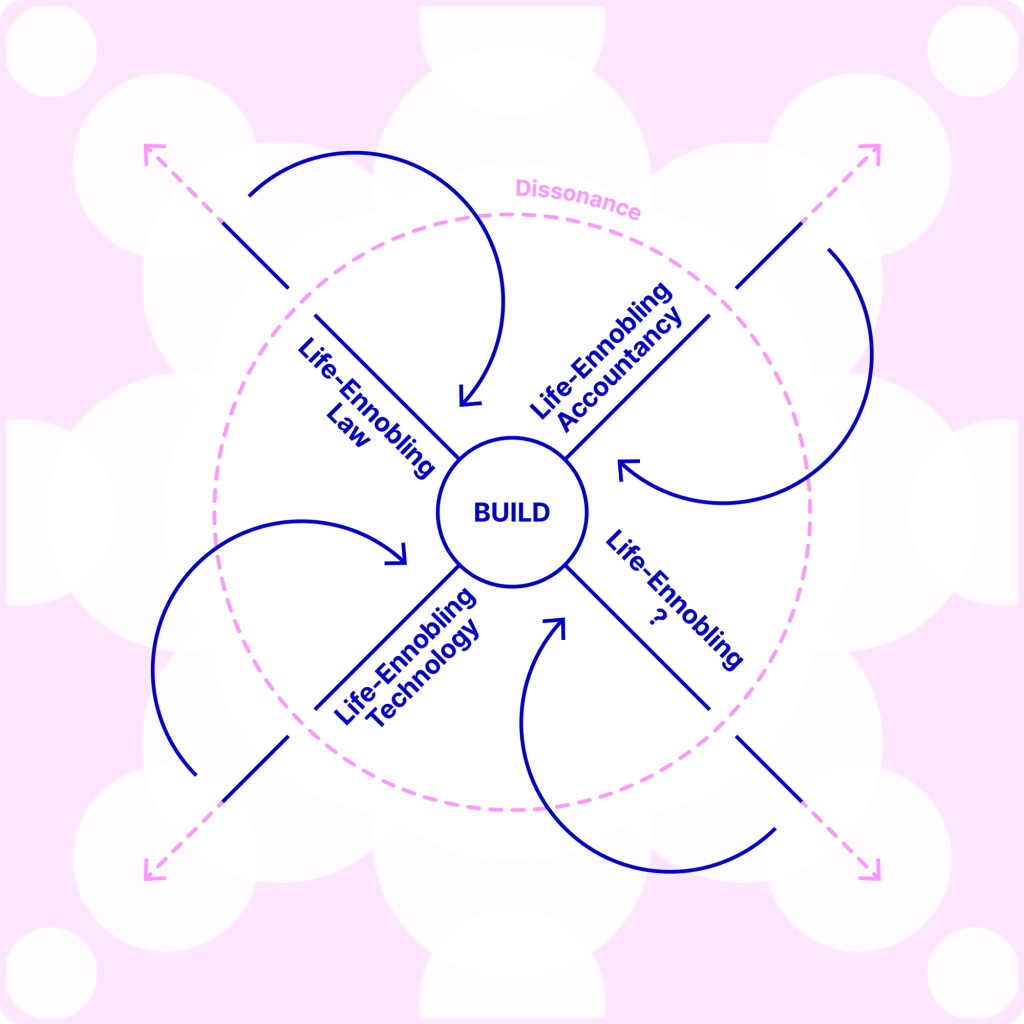
… towards Life-Ennobling Professions. Design and prototype the desired outcomes. Work on the ground. Connect with other professions when the opportunity arises.
What is a Deep Code?
We understand them to be the structural norms that sit beneath surface level decisions and practices. For example, we have legal codes that give us private ownership rights, financial codes that name profit as the ultimate measure of success and psychological codes that reduce human creativity to a quantifiable resource.
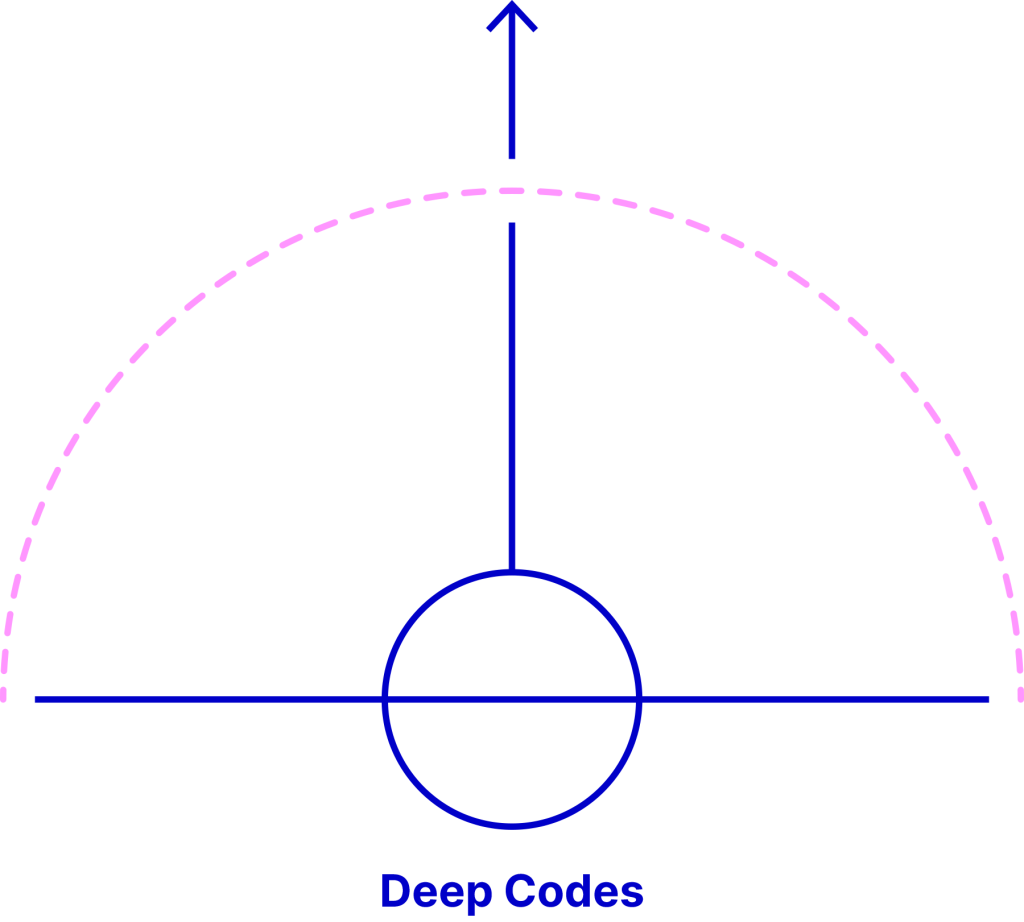
Every profession is unique, but the extractive patterns we observe in each often echo each other, here are examples of the deep codes we have observed:
Objectivity as Value:
Professionals are trained to “leave emotions at the door,” to speak from a place of detachment and neutrality, while systematically upholding existing power structures, pretending our stance is not a stance at all.
Standardization as Excellence:
We neutralize variability and impose uniform solutions, transforming reality and destroying the diversity and contextual responsiveness that living systems have.
Separation of Facts from Values:
The myth of neutrality — “I just apply the law,” “I just follow the science” — distances the professional from moral consequence. We pretend our work is value-neutral while embedding implicit moral choices in every system, policy, and design we create.
What Will You Experience?
We hope you experience a deep sense of reconnection. LED is a personal process, shaped by your profession, your context, and where you are in your own journey.
As you engage with it, you may find a clearer sense of meaning and direction in your work, a stronger alignment between values and practice, and new strategies and collaborations that feel alive and effective.
At the same time, the process can surface frustrations and make cognitive dissonance — the gap between what we value and what we do — more visible. This is part of the work. Seeing things clearly creates the conditions for transformation.
Ultimately, we hope you leave with a renewed capacity to influence change from within your profession — and to move through your work with greater integrity, creativity, and life.
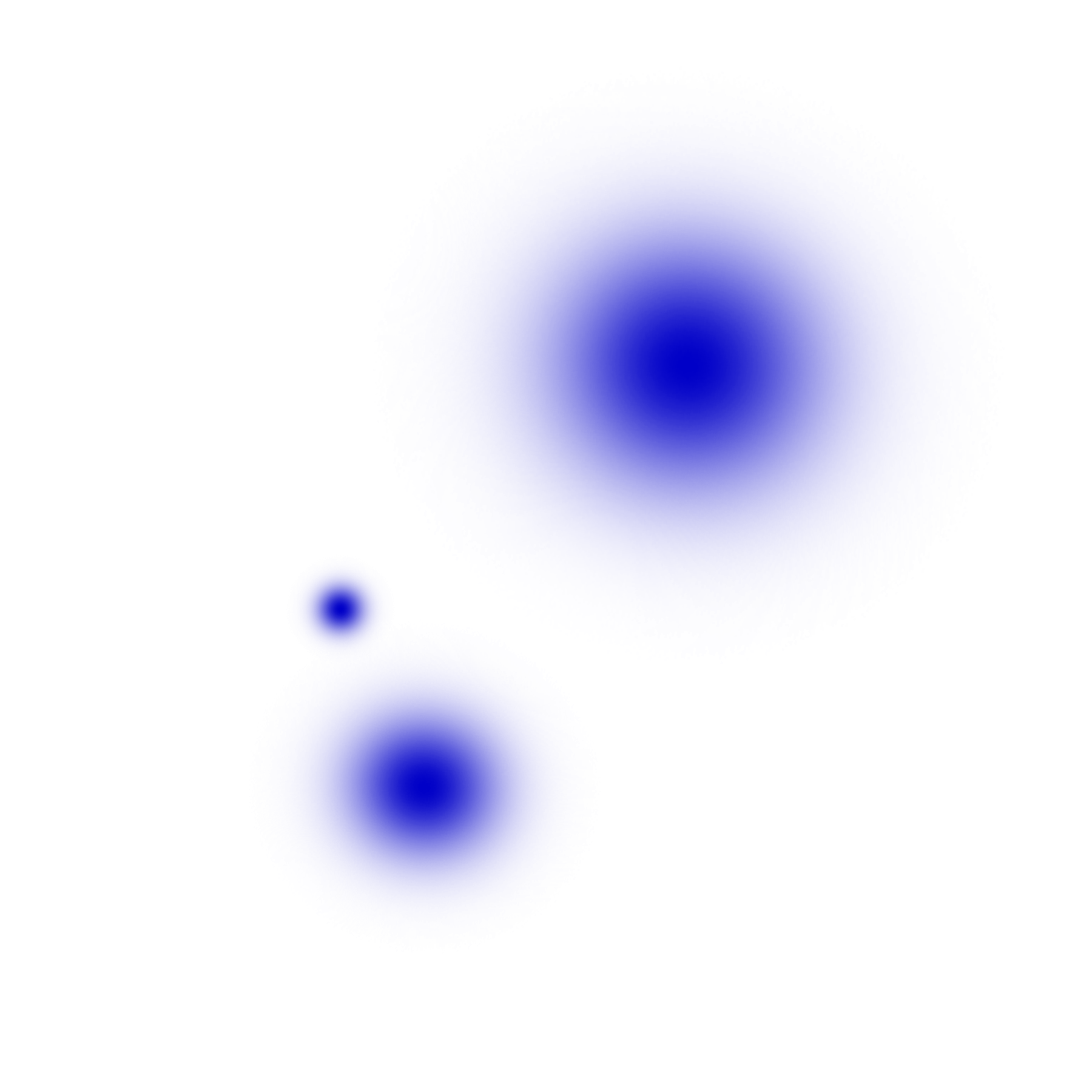
How Do I Start?
Follow the 3-Step (Repeating) Process of the LED Flow to flip your current briefs and shift your practice:
If you are an organisation which could benefit from joining forces with us, please get in contact:
Email: Interested in joining an existing LED initiative or want to start your own Life-Ennobling initiative, email us at: nathalia(at)darkmatterlabs.org
Mailing list: if you would like to stay connected and hear about how LED is developing, we will share regular updates on Substack.
Social Media: Occasionally, we are also on Instagram and LinkedIn.

